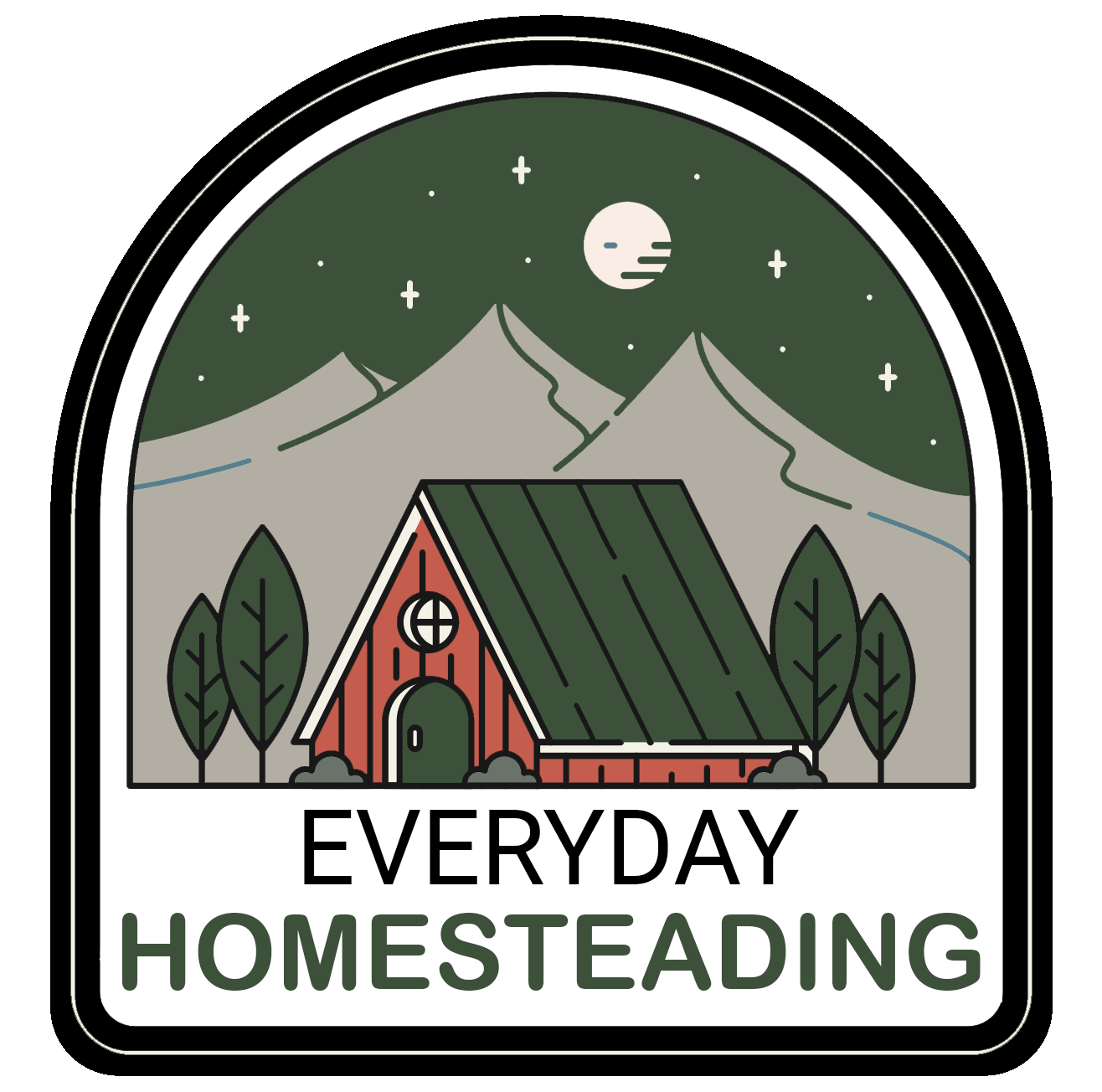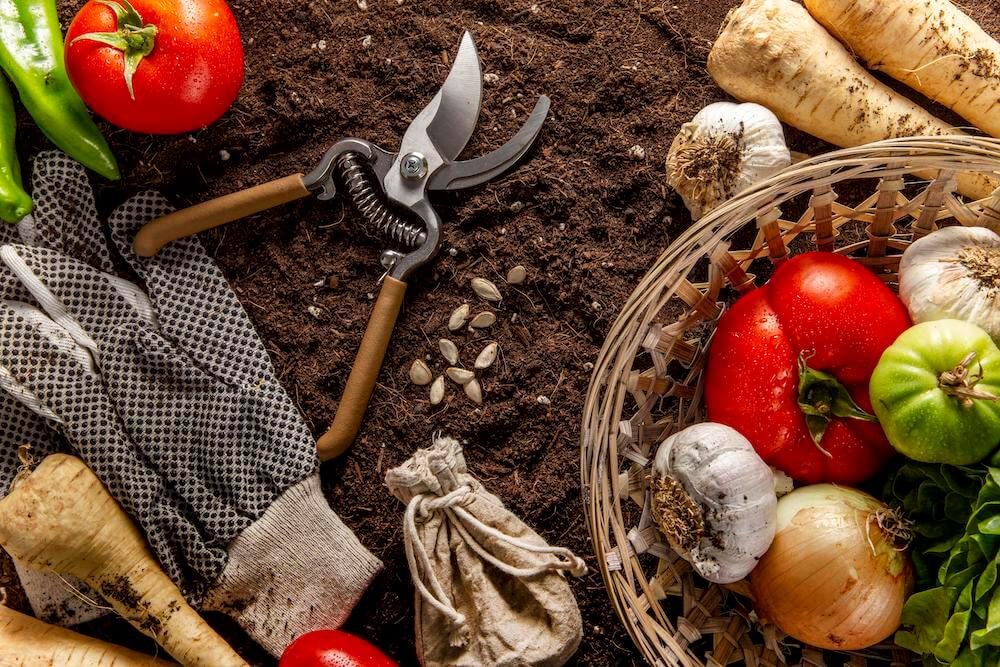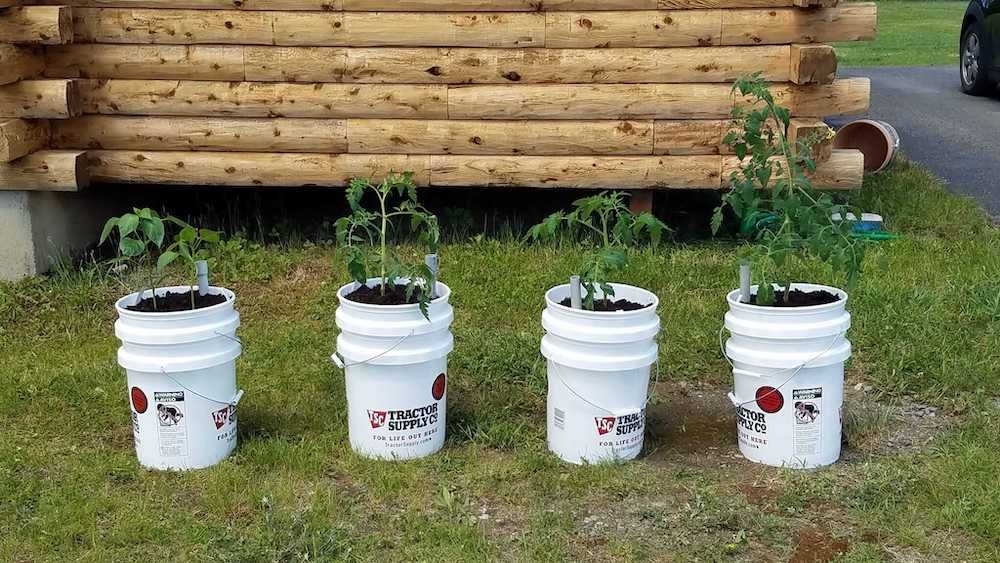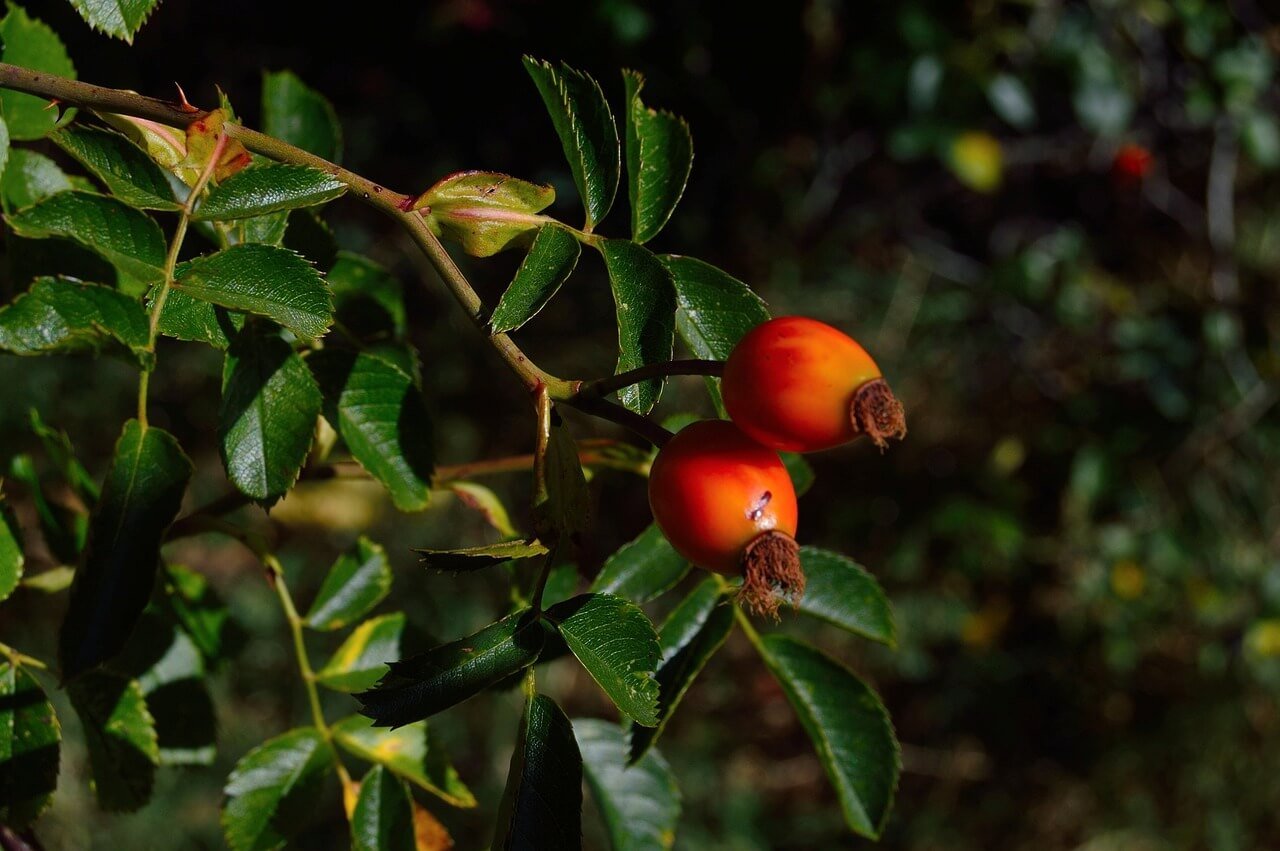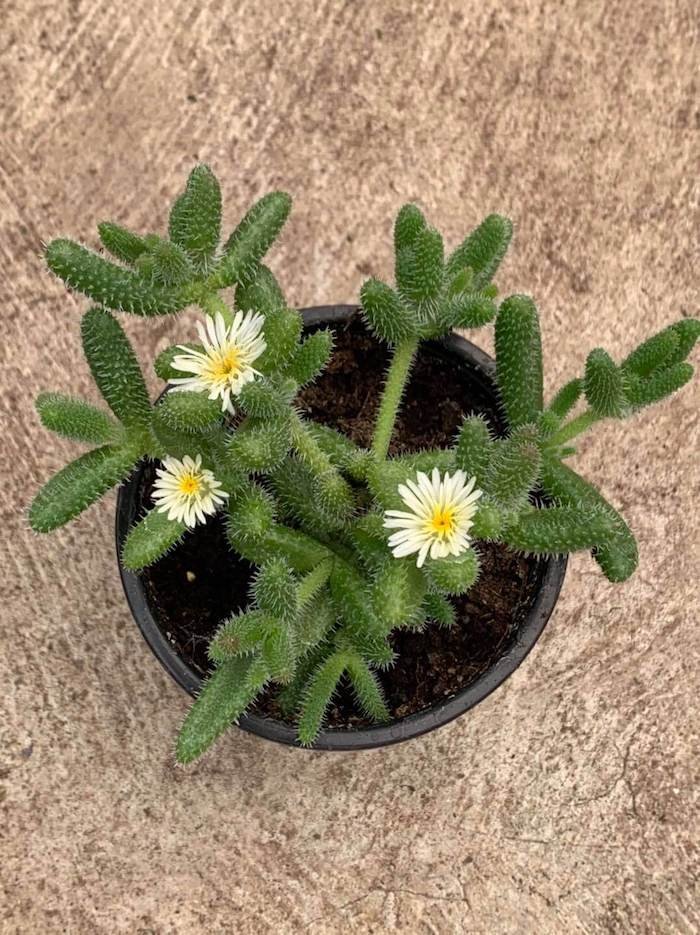How to Grow the Ultimate Salsa Garden
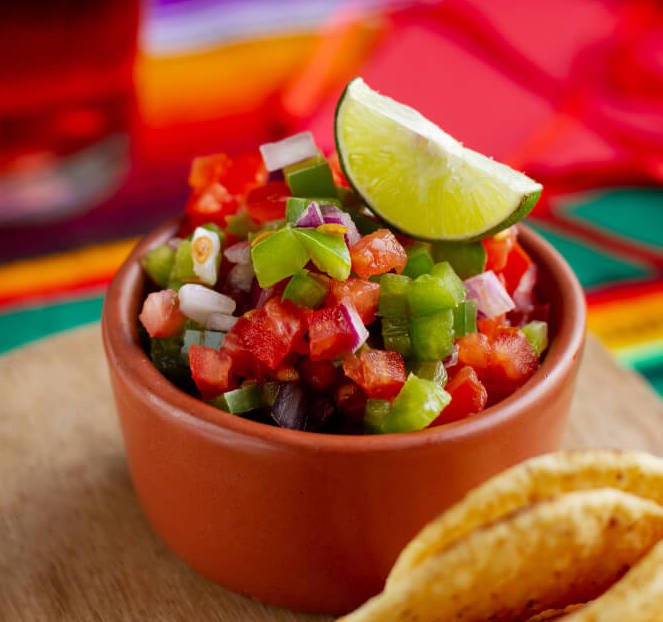
As the first warm breezes of spring begin to blow, a certain green-thumbed gourmand’s thoughts turn to visions of a bountiful salsa garden oasis – a vibrant, flavor-packed sanctuary where the key ingredients for her family’s favorite homemade salsa will flourish.
From the juicy tomatoes and crisp peppers to the aromatic onions and fragrant cilantro, each plant will be carefully selected and nurtured with love, all in the name of creating the perfect salsa garden. With a bit of planning and a whole lot of passion, this urban gardener is about to transform her modest backyard into a veritable fiesta of flavors – and she can’t wait to share her secrets for success.
What is a Salsa Garden?
A salsa garden is a specialized type of edible garden that focuses on growing the key ingredients needed to make delicious, homemade salsa. Unlike a traditional vegetable garden that may have a more diverse array of crops, a salsa garden is intentionally curated to maximize the production of the specific plants used in salsa recipes.
At the heart of a salsa garden are the stars of the show – juicy tomatoes, crisp peppers, aromatic onions, fragrant garlic, and the all-important cilantro. By dedicating a section of your garden to these salsa superstars, you can ensure a bountiful harvest of fresh, flavorful produce that will allow you to make your own signature salsa all season long.
The beauty of a salsa garden is that it doesn’t require a lot of space to be successful. Even a small 4×4 raised bed or a few large containers can provide enough room to grow an impressive array of salsa ingredients. And because many of the key plants, like tomatoes, peppers, and onions, thrive in warm, sunny conditions, a salsa garden can often be situated in a spot that receives 6-8 hours of direct sunlight per day.
So whether you’re a seasoned gardener or a beginner looking to try your hand at growing your own ingredients, a salsa garden is a fantastic way to cultivate a bountiful harvest of fresh, flavorful produce that will take your homemade salsa to new heights.
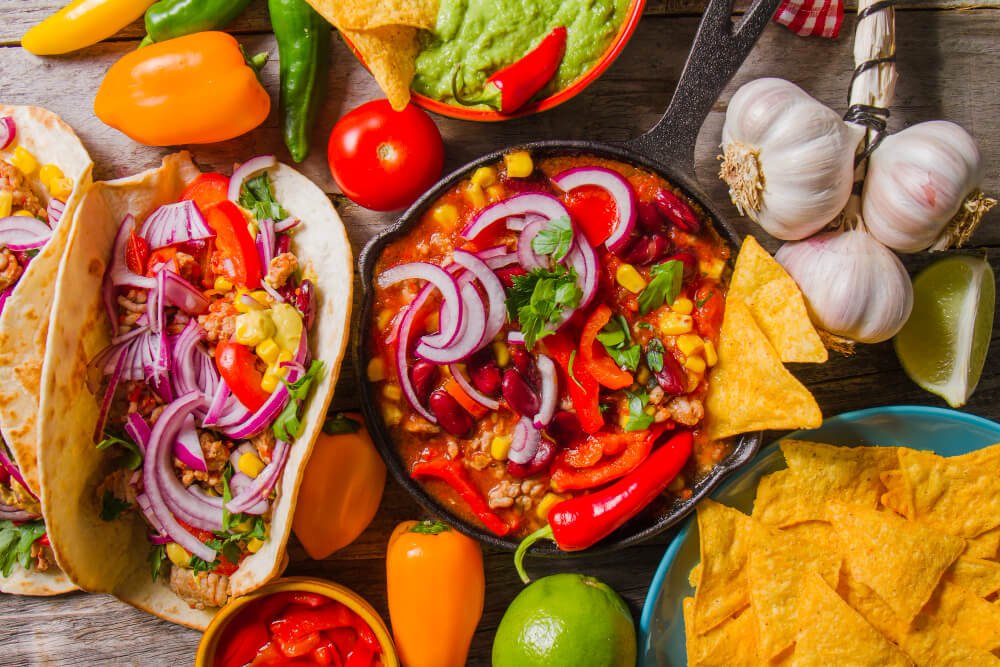
When Should I Plant My Salsa Garden?
As the first warm breezes of spring begin to blow, green-thumbed gourmands across the country start to feel the pull of the soil, eagerly anticipating the opportunity to cultivate their own bountiful salsa gardens. The perfect time to plant this flavorful oasis? It all comes down to your local climate and growing conditions.
In general, the best time to get your salsa garden underway is in the spring, after the threat of frost has passed in your region. This is typically around the same time you’d plant other warm-weather crops like tomatoes and peppers. In milder climates, you may even be able to start your seeds indoors a few weeks before the last expected frost date, giving your plants a head start on the growing season.
Of course, the specific planting timeline can vary quite a bit depending on where you call home. Gardeners in the balmy Southwest may be able to sow their salsa garden as early as March or April, while those in cooler northern climes may need to wait until May or even June. The key is to keep a close eye on your local weather forecasts and time your plantings accordingly.
No matter when you decide to get your hands dirty, the most important thing is to make sure the soil has had a chance to warm up sufficiently before introducing your precious salsa seedlings. After all, these heat-loving plants won’t thrive in cold, wet conditions. So be patient, watch the thermometer, and you’ll be well on your way to a bountiful salsa garden harvest in no time.
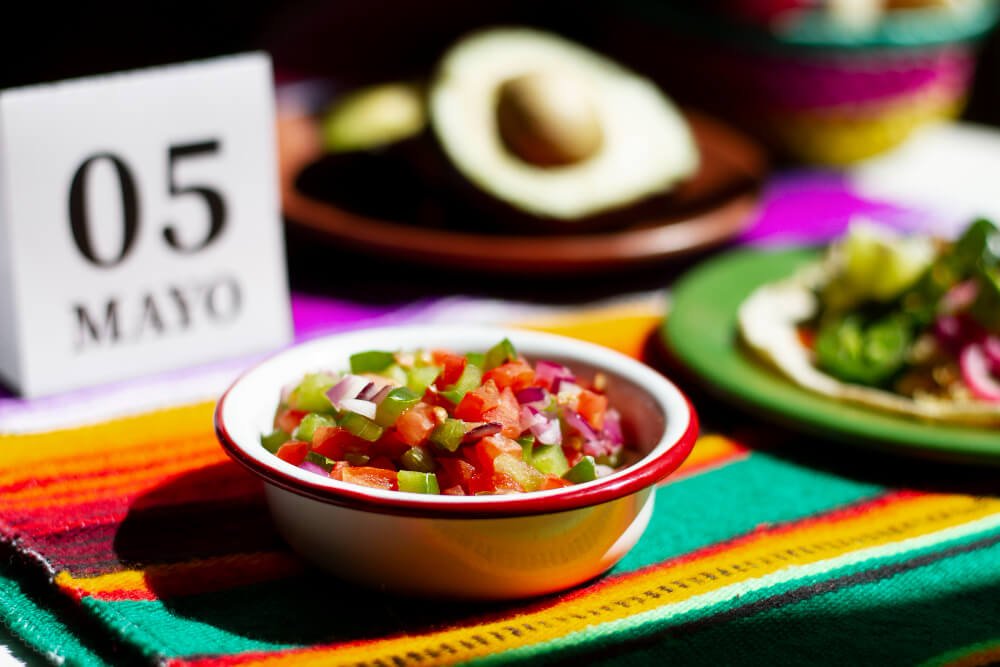
Where to Plant a Salsa Garden?
When it comes to finding the perfect spot for your salsa garden, the mantra is simple: sun, sun, and more sun. These vibrant, flavorful plants absolutely thrive in warm, sunny conditions, so choose a location that receives at least 6-8 hours of direct sunlight per day.
But the ideal salsa garden site isn’t just about the rays – drainage is also key. These plants won’t tolerate soggy soil, so look for a spot with well-draining earth, whether that’s a raised bed, a sunny corner of your existing vegetable garden, or even a few large containers on your patio or balcony.
Of course, the size of your available growing space will also play a role in how you configure your salsa garden. If you have the luxury of a sprawling backyard, you can dedicate a sizable plot to your salsa-making oasis. But even gardeners with more modest square footage can cultivate an impressive salsa garden by getting creative with vertical growing techniques or maximizing the potential of a compact raised bed.
Ultimately, the key is to choose a location that checks all the boxes – ample sunshine, excellent drainage, and enough room for your salsa superstars to thrive. With a little planning and preparation, you can transform even the most unassuming corner of your outdoor space into a vibrant, flavor-packed salsa garden oasis.
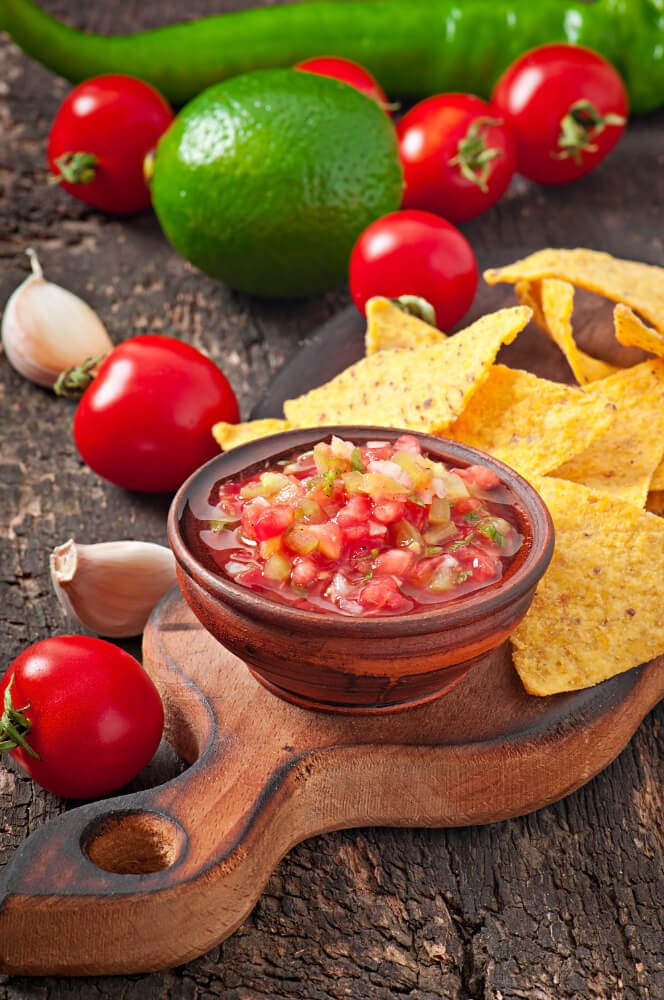
How Long Does it Take to Grow a Salsa Garden?
As the old saying goes, good things come to those who wait – and that’s certainly true when it comes to cultivating a bountiful salsa garden. While the specific timeline can vary depending on your growing conditions and the varieties you choose, you can generally expect to wait around 70-100 days from planting to harvest.
Of course, that’s just a rough estimate. Gardeners in warmer climates may be able to get their hands on that fresh, homegrown salsa a bit sooner, while those in cooler regions might have to exercise a bit more patience. Factors like soil quality, available sunlight, and even unexpected weather patterns can all play a role in how quickly your salsa garden comes to fruition.
But don’t let the wait discourage you! Tending to your salsa garden can be just as rewarding as the final harvest. From the satisfying crunch of transplanting seedlings to the intoxicating aroma of your first ripe tomatoes, each milestone is a testament to your green-thumbed dedication. And when you finally get to blend up that first batch of homemade salsa, made with 100% homegrown goodness? Well, let’s just say it’ll be worth every minute.
So, if you’re itching to get your salsa garden underway, start planning now. Research the ideal planting times for your region, select your favorite salsa-friendly varieties, and get those seeds started indoors. With a little patience and a lot of TLC, you’ll be scooping up fresh, flavorful salsa in no time.
Where to Source Seeds to Plant a Salsa Garden?
As the demand for homegrown, sustainable produce continues to soar, gardeners far and wide are discovering the joys of cultivating their own salsa gardens. And with so many incredible seed sources at our fingertips, the options for curating the perfect salsa-making oasis have never been more abundant.
For the discerning salsa garden enthusiast, heirloom and open-pollinated varieties are often the way to go. Not only do these time-honored cultivars boast unparalleled flavor and resilience, but they also allow you to save your own seeds for future plantings, furthering your journey towards self-sufficiency.
One of the most trusted names in the world of heirloom seeds is Baker Creek Heirloom Seeds. With an impressive selection of tomatoes, peppers, onions, and more, this family-owned company is a one-stop-shop for all your salsa garden needs. And for those seeking a bit of added diversity, the Seed Savers Exchange is a treasure trove of rare and unique varieties, each with its own captivating story.
Of course, if you’re looking for a more convenient, one-stop-shopping experience, established seed purveyors like Johnny’s Selected Seeds and Burpee offer a wealth of salsa garden options, from classic heirlooms to innovative hybrids. These trusted brands make it easy to curate the perfect lineup of ingredients, with helpful growing guides and planting recommendations to boot.
No matter where you choose to source your salsa garden seeds, the most important thing is to select varieties that are well-suited to your local growing conditions. Do a bit of research, consult with seasoned gardeners in your area, and don’t be afraid to experiment. After all, the joy of cultivating your own salsa oasis is in the journey – and the delicious rewards that await at the end.
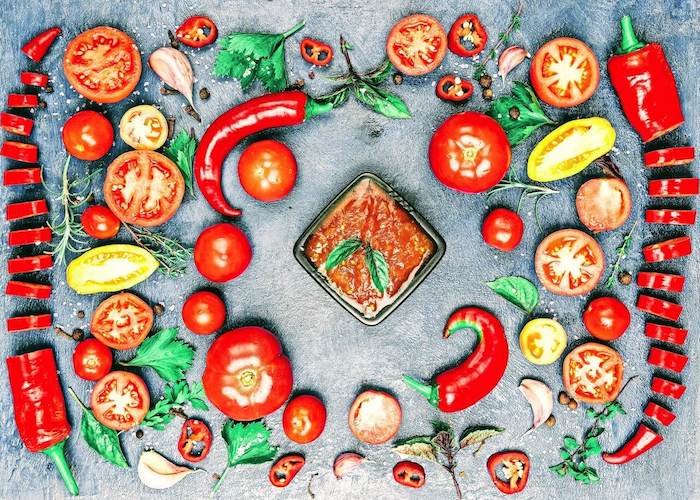
The Benefits of Growing a Salsa Garden
Beyond the obvious culinary benefits, there are numerous advantages to cultivating your own salsa garden:
- Fresh, Flavorful Ingredients: By growing your own salsa ingredients, you’ll have access to the freshest, most flavorful produce, which can significantly enhance the taste of your homemade salsa.
- Reduced Food Waste: Harvesting and using your own garden-grown produce can help reduce food waste, as you’ll be able to use every last tomato, pepper, and onion to its full potential.
- Sustainability and Self-Sufficiency: Growing a salsa garden is a step towards a more sustainable, self-sufficient lifestyle, as you’ll be able to reduce your reliance on store-bought produce.
- Enjoyment and Accomplishment: There’s a deep sense of satisfaction that comes from growing your own food and using it to create delicious, homemade dishes. Tending to your salsa garden can also be a relaxing and rewarding hobby.
Selecting the Right Salsa Garden Ingredients
The foundation of any great salsa garden lies in the careful selection of the right ingredients. Let’s dive into the key players that will make your salsa shine:
Tomatoes
Tomatoes are the backbone of salsa, and choosing the right varieties is crucial. Look for high-acid, flavorful tomatoes like Roma, San Marzano, or Brandywine. These types will provide the perfect balance of sweetness and acidity to complement the other salsa ingredients.
Peppers
Peppers are where you can really dial up the heat and complexity of your salsa. Consider a mix of hot peppers like Jalapeño and Serrano, as well as milder varieties like Anaheim or Bell peppers.
Onions and Garlic
Onions and garlic are essential for building the savory foundation of your salsa. Look for varieties like Yellow Onion, Red Onion, and Hardneck Garlic to add depth and complexity to your homemade salsa.
Cilantro
No salsa is complete without the bright, herbaceous notes of cilantro. Choose a variety that is known for its high leaf production and resistance to bolting, like Calypso Cilantro.
By carefully selecting the right tomatoes, peppers, onions, garlic, and cilantro, you’ll be well on your way to creating a salsa garden that will provide you with a bountiful harvest of flavorful ingredients all season long.
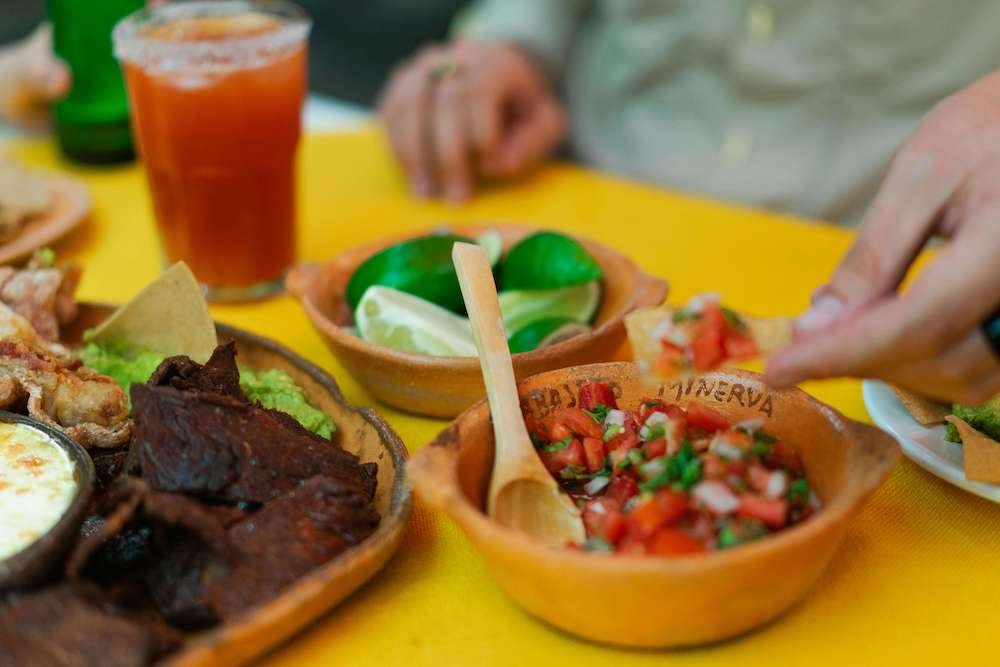
Planting and Caring for Your Salsa Garden
Now that you’ve chosen your salsa garden ingredients, it’s time to get planting. Here’s a step-by-step guide to ensure your garden thrives:
Preparing the Soil
Before planting, take the time to prepare your soil for optimal growth. Start by testing the pH and adjusting it to the ideal range of 6.2 to 6.8 for your salsa crops. Then, incorporate plenty of organic matter, such as compost or well-rotted manure, to improve soil structure and fertility.
Planting Your Salsa Garden
When it comes to planting, follow these guidelines:
- Tomatoes and peppers should be spaced 18-24 inches apart, in rows that are 3 feet apart.
- Onions and garlic should be planted 6-12 inches apart, in rows that are 12-18 inches apart.
- Cilantro can be sown directly into the garden, with plants spaced 6-12 inches apart.
Be sure to water your plants thoroughly after planting and keep the soil consistently moist until they become established.
Caring for Your Salsa Garden
Maintaining your salsa garden is key to a bountiful harvest. Here are some essential care tips:
- Water your plants regularly, providing about 1 inch of water per week.
- Fertilize your plants every 4-6 weeks with a balanced, organic fertilizer.
- Monitor for pests and diseases, and take action using organic methods whenever possible.
- Mulch your plants with 2-4 inches of organic material, such as straw or shredded leaves, to retain moisture and suppress weeds.
By following these guidelines, you’ll be well on your way to a thriving, productive salsa garden that will provide you with a steady supply of fresh, flavorful ingredients all season long.
Harvesting and Preserving Your Salsa Garden Bounty
As your salsa garden reaches its peak, you’ll be rewarded with a bountiful harvest of ripe, juicy tomatoes, crisp peppers, fragrant onions, and aromatic cilantro. Here’s how to make the most of your garden’s bounty:
Harvesting
- Tomatoes: Harvest when they are fully ripe and have a deep, rich color.
- Peppers: Harvest when the peppers are firm and have reached their desired color (green, red, yellow, etc.).
- Onions: Harvest when the tops have fallen over and the bulbs have swelled.
- Cilantro: Harvest the leaves and stems just above the soil line.
- Garlic: Harvest when the tops have turned brown and begun to fall over.
Preserving
To enjoy the flavors of your salsa garden all year round, consider preserving your harvest using methods like:
- Canning: Use a water bath or pressure canner to can your tomatoes, peppers, and onions.
- Freezing: Freeze your cilantro and garlic for later use.
- Dehydrating: Dehydrate your peppers to make homemade chili powder or paprika.
By preserving your salsa garden bounty, you’ll be able to savor the taste of summer all year long and impress your friends and family with your homemade salsa creations.
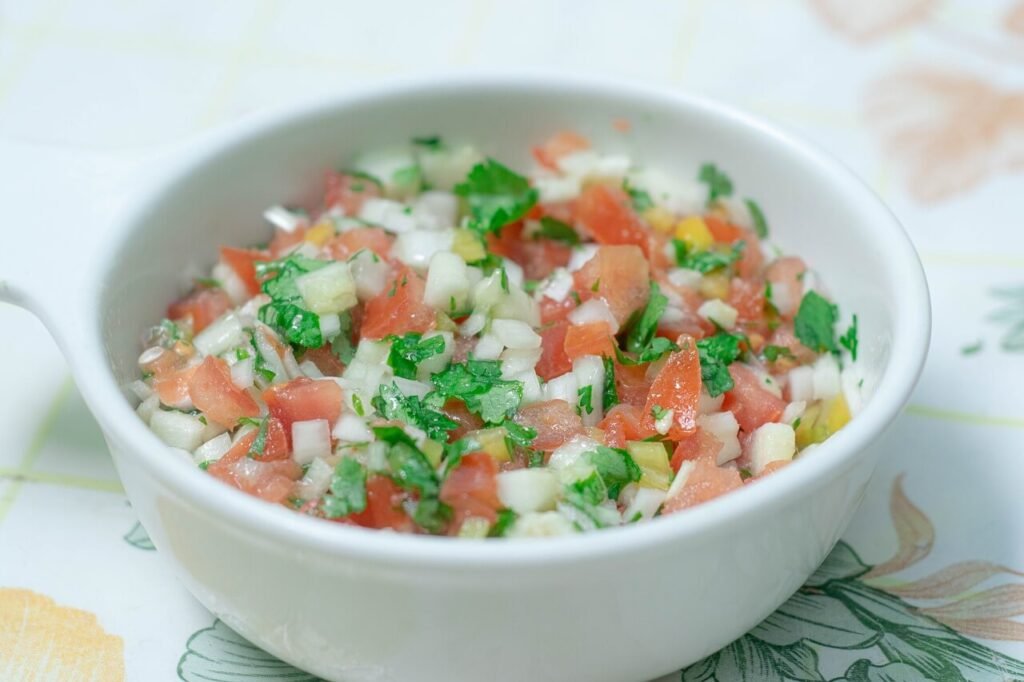
Tips and Tricks for Growing the Ultimate Salsa Garden
As you embark on your salsa garden journey, here are some additional tips and tricks to help ensure your success:
- Start Seeds Indoors: Get a head start on the growing season by starting your seeds indoors 6-8 weeks before your last expected frost date.
- Experiment with Varieties: Don’t be afraid to try new and unique tomato, pepper, and herb varieties to keep your salsa recipes interesting.
- Companion Plant: Incorporate companion plants like basil, oregano, and marigolds to deter pests and attract beneficial insects.
- Rotate Crops: Practice crop rotation to prevent the buildup of pests and diseases in your salsa garden.
- Extend the Season: Use row covers or cloches to protect your plants and extend the growing season.
By following these tips and tricks, you’ll be well on your way to growing the ultimate salsa garden that will provide you with a bountiful harvest of fresh, flavorful ingredients all season long.



